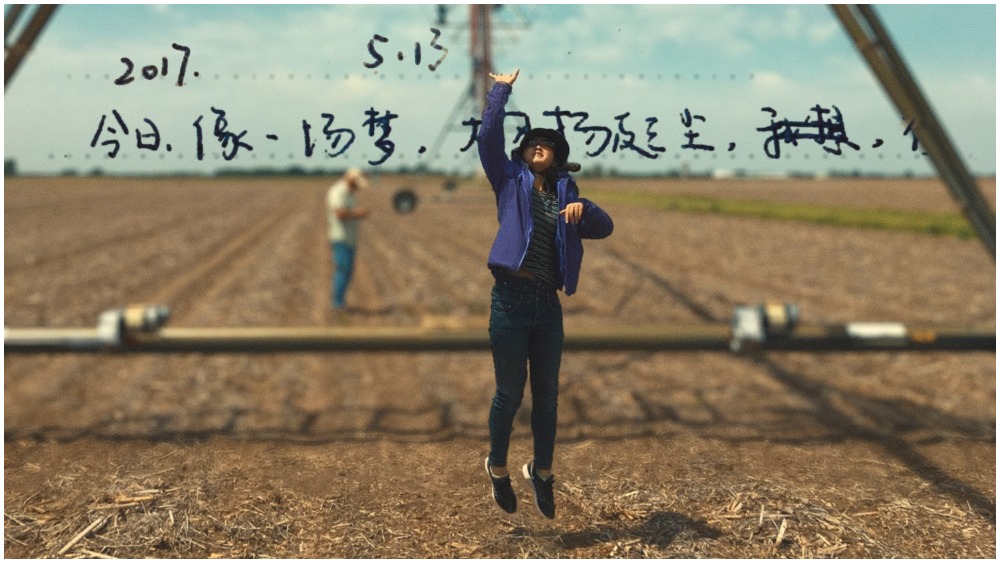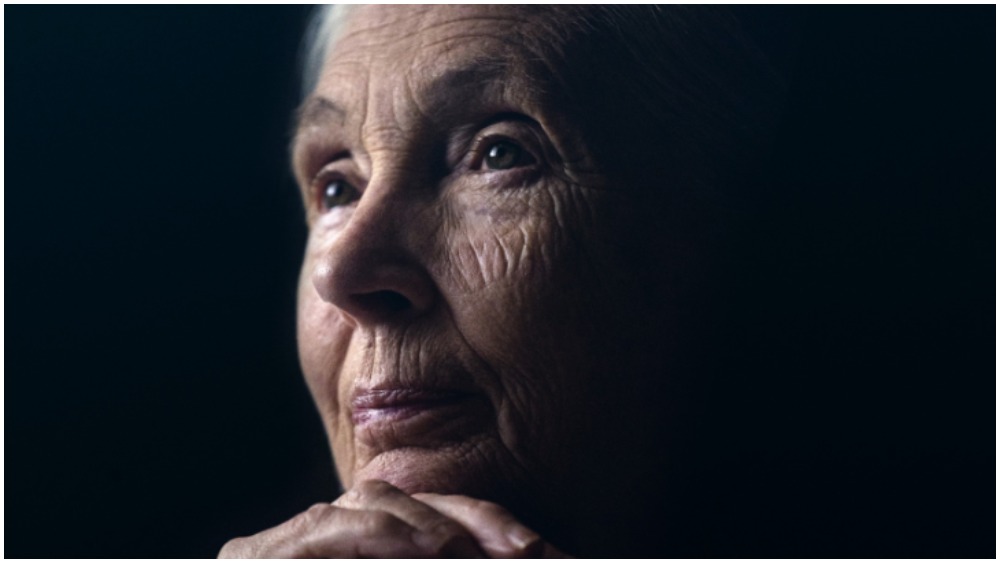Now or Never? Doc Industry Pivots to Lock in Buyers, Audiences During Coronavirus
By Jennie Punter
LOS ANGELES (Variety.com) – With the global premiere of National Geographic’s “Jane Goodall: The Hope” on Earth Day (April 22) and the April 19 premiere of the first two episodes of Michael Jordan series “Last Dance” — a ratings slam-dunk for ESPN — it’s deceptively easy to think all is right in the documentary world.
The coronavirus pandemic has created a huge, captive audience for documentaries à la “Tiger King,” while films are reaching millions of home-schooling students and connecting house-bound viewers to the outside world.
Meanwhile, broadcasters and streamers are moving up premiere dates and making select programming more widely (i.e. freely) available, while doc-championing independent U.S. distributors such as Magnolia, Kino Lorber, Oscilloscope Laboratories, Neon and Music Box have launched virtual cinemas as revenue-sharing partnerships that support local arthouse theaters.
The reality is that beyond the headlines for high-profile fare, the pandemic is exposing the fragility of the documentary ecosystem, where the characteristic persistence and resilience of documentary filmmakers is under threat in a marketplace that has never felt more uncertain.
Much lauded Chicago documentary producer Kartemquin Films (“Hoop Dreams”) was poised for an unprecedented year. Director Steve James’s four-parter “City So Real,” financed and exec produced by Participant Media, kicked things off with its Sundance premiere, and several more films were waiting in the wings.
“It’s really hard for those first-time, emerging and regional filmmakers that aren’t having the audience and market opportunities of festivals, which are critical in the doc space,” says Kartemquin executive director Jolene Pinder, who spoke to Variety shortly after an hour-long conversation with Kartemquin co-founder Gordon Quinn, who is in hospital steadily recovering from COVID-19.
Pinder reports that first-time filmmakers Ashley O’Shay and Morgan Elise, who are working with Kartemquin, had been starting to apply to festivals for “Unapologetic,” about two Black queer women activists in Chicago fighting against police brutality. “They’re asking themselves if it even has to come out this year and are reconsidering their strategy,” says Pinder.
“The Dilemma of Desire,” by Peabody award-winning director Maria Finitzo, and “Finding Yingying,” by first-time filmmaker Jiayan Shi, were set to premiere last month at SXSW, a must-attend discovery zone on the doc circuit. “It was the first large festival to cancel, and even though we knew it was the right decision, it was devastating not to be able to share the films with an audience,” says Diane Quon (“Minding the Gap”), a producer on both films.
However, SXSW still ran its juried competitions, where “Yingying” won Special Jury Recognition for Breakthrough Voice in the documentary division, a much-needed boost in lean times.
Quon articulates the concerns of many doc makers seeking distribution: “How will we get buyers and press to take notice? How do we create buzz without being in front of an audience? Are buyers willing to buy now or are they waiting for more certainty in the market? How will decisions we make about participating in online festivals affect distribution, future festival status, and award qualifications?
“Now that more than a month has passed, I’m not sure we have many answers,” she adds.
While disappointment and uncertainty are rampant, so is a strong sense that some of the innovations and adaptations happening now will change and possibly even improve the way business is done after restrictions are lifted.
Picture Motion founder and CEO Christie Marchese, whose social-impact agency works with a range of documentary entities, describes the moment in early March when everything shut down: “Conversations just paused. If you were an indie filmmaker talking to us about a festival, your festival got canceled; if you were a not-for-profit, foundation funding dried up; if you were an organization your gala got canceled.
“Two-thirds of our business is events and screening tours so we could not pause,” Marchese adds. Unable to find a single tool to replicate the community-screening experience so crucial for advocacy campaigns, the company this month built and launched its own private platform for live co-viewing; on Earth Day, it hosted a screening of the Jane Goodall doc for thousands of high school students.
As Picture Motion president Wendy Cohen adds, films like “Surge” — Hannah Rosenzweig and Wendy Sachs’ doc about three women who entered politics during the historic 2018 midterms (including Congresswoman and prominent COVID-19 fighter Lauren Underwood) — can’t wait on the fate of a festival premiere. “We’re only four weeks into the COVID-19 experience and it’s still a scary time, but on the impact side, there’s much we can do to connect influencers to films and start conversations,” says Cohen.
The top three remaining international doc-focused events of the season — Hot Docs (May in Toronto, Canada), Sheffield Doc/Fest (June in Sheffield, U.K.)and Sunny Side of the Doc (La Rochelle, France) — have all pivoted to offer their pitch, market and even social events in virtual form, with their reliably well-rounded rosters of international decision-makers expected to participate as usual (although possibly in pyjamas).
Jean-Jacques Peretti, a longtime editorial and programming consultant for the four-day Sunny Side — this year dubbed the Connected Edition — says the DNA of the event is its themed pitch sessions covering history, science, arts and culture, social and human interest, wildlife and digital experiences.
“People are coming from all over the world, so each pitch session is divided in two — one in the morning for Asia and Europe, and another shot in evening for Europe and North and South America — which allows the selected producers to pitch twice,” says Peretti. The deadline for pitch submissions is April 23, with results announced May 14.
Like Hot Docs with its Doc Shop, Sunny Side is developing its video library this year and expects it will be a much busier hub for broadcasters looking to acquire fresh programming to retain their audiences.
“With the lockdowns happening, shooting has stopped and production has stopped,” Peretti says. “Many broadcasters and distributors are saying, ‘What am I going to program in two months? How will I get new content? And for producers it’s a nightmare, too.”
For her part, producer Diane Quon wonders if buyers will now lean even more heavily on celebrity-driven films, biopics and pop-culture. “Finding homes for nuanced documentaries by women, first-time filmmakers, POC and underrepresented voices has always been tricky,” she says.
“Right now, I am trying my best to stay positive, and to be flexible, patient and open to listening to new ideas for distribution. Most of all, I believe in the films.


